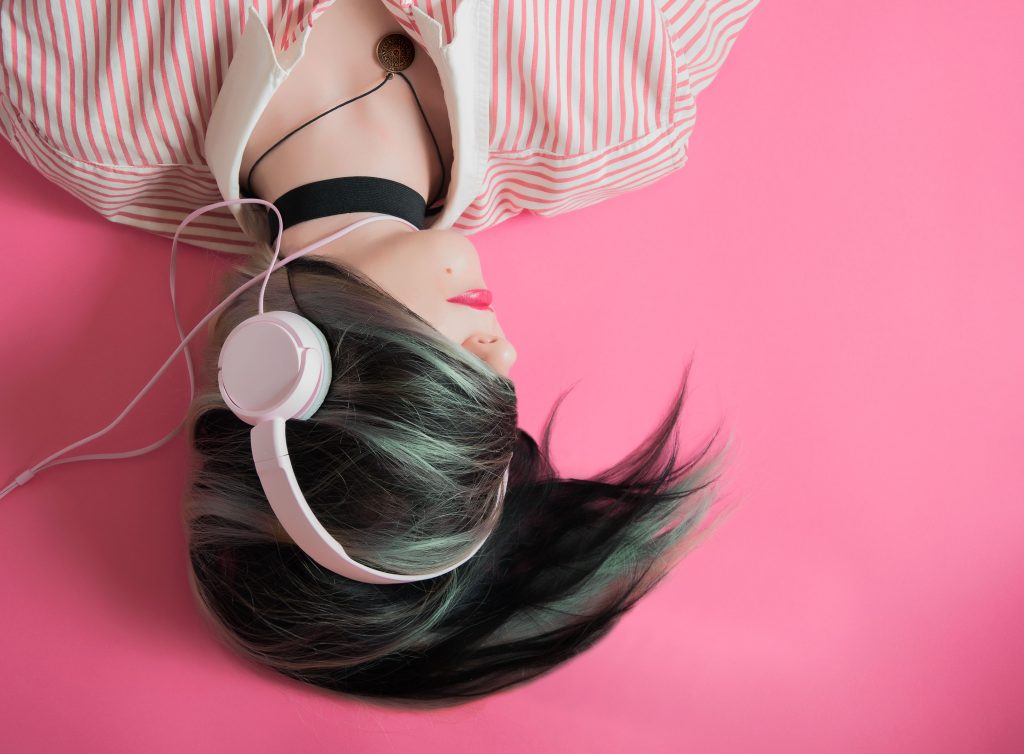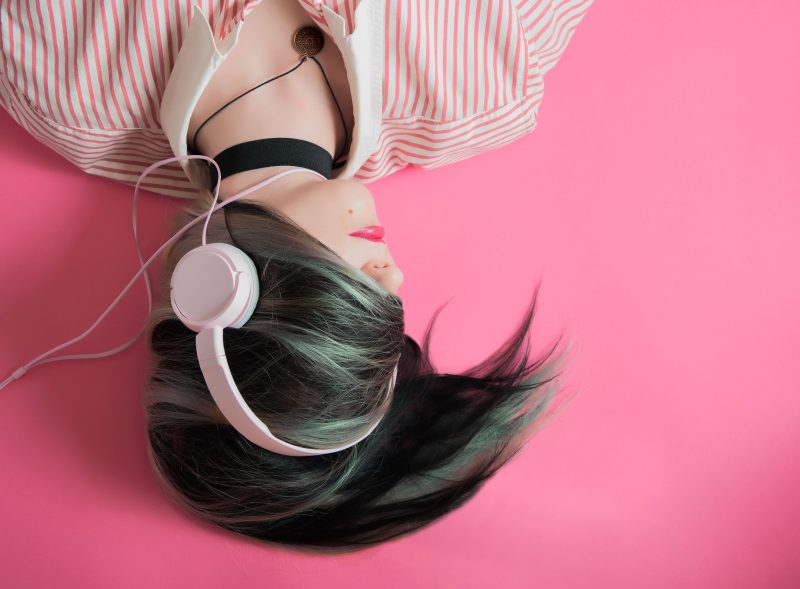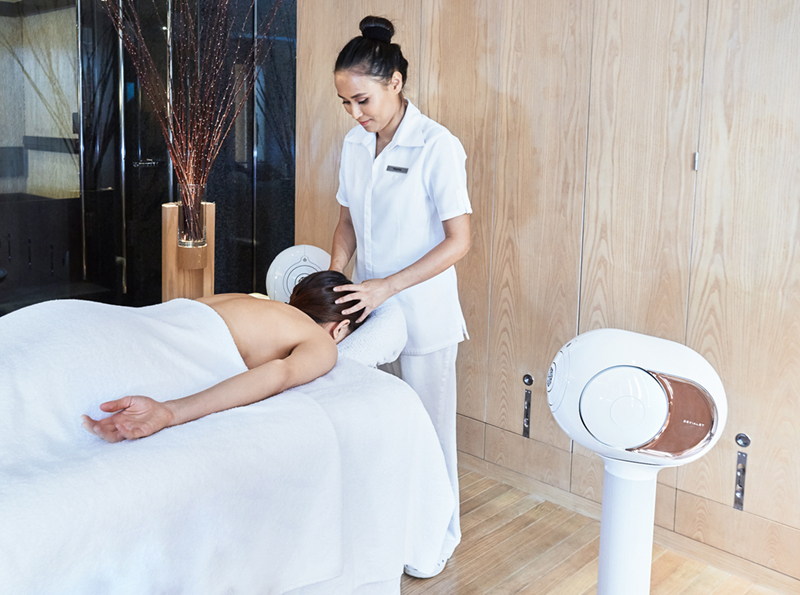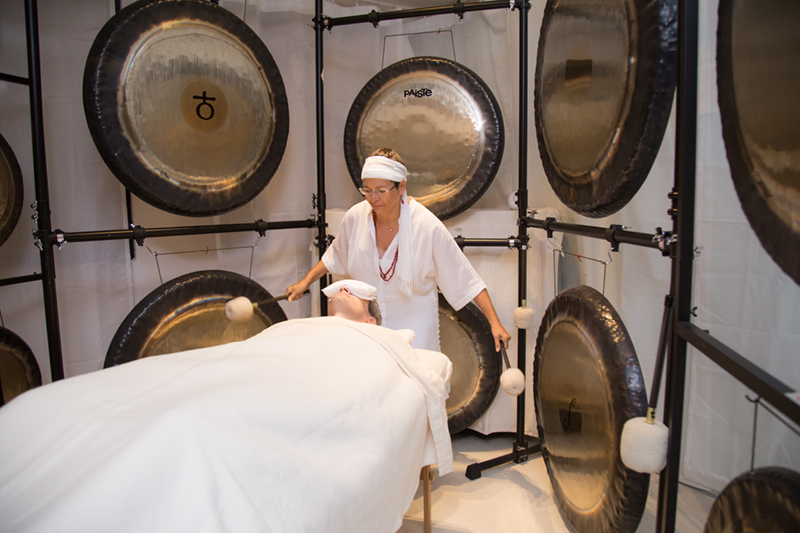
[Article updated 2021]
Anyone who’s cried along to a weepy Adele breakup track or boogied to a feel-good summer hit understands the power of sound to affect how we feel. Sound has played an important role in meditation and rituals for thousands of years. From the “aum” chant we hear in yoga to Australian Aboriginal digeridoo ceremonies, many cultures employ a deep, resonant hum in their rites.
In the past year or so, sound healing has taken off here in Hong Kong in a big way, with facilitators offering mediation sessions using gongs, singing bowls and crystal harps to “bathe” participants in a richly resonating sound to relax, destress and induce a meditative state.
While research is scant on some of the purported physical benefits of sound healing (such as boosting immunity, treating depression or pain relief), many people who have experienced a session wax lyrical about its ability to relax, clear the mind, improve sleep and boost an overall sense of wellbeing.
Mona Choi fell in love with Himalayan singing bowls when learning ancient therapeutic massage techniques in Nepal. She learned all she could about them and brought them back to Hong Kong, where she now practices at Pause in Central. “In many countries, singing bowls are a quintessential aid to meditation, and can be found in temples, monasteries and meditation halls,” she says. “It is a very good way to practice mindfulness. It’s very easy [during meditation] to be distracted by thoughts, noise or even someone’s heavy breathing. However, if we focus on the bowls and stay present, we can go into a deep meditative state in a short period of time.”

Another singing bowls practitioner is Minutes Leung of Ray of Aura. She explains what one might typically experience during a session. “Students are led to a meditative, dreamlike state. They look within and see clearly their deepest desires, or issues that require their attention. After a session, they normally feel as though they’ve woken from a deep sleep. After multiple sessions, students report a clearer state of mind. They are better at listening to their body, and are also calmer in their day-to-day lives.” “When I use the bowls, it helps people calm down their brainwaves and enter a state of total inner peace that leads to inner healing,” adds Vivian Vara Liu of LIFT Wellness Group, a crystal bowl practitioner who also plays a seven-tone crystal harp.
Martha Collard of Red Doors Studio is the city’s first gong master. She regularly performs at wellness events across the city, her collection of gongs creating an otherworldly symphony. She says: “Children have afternoon naps, but adults are expected to be connected and available 24/7. Gongs and other ancient practices offer relief without the use of pharmaceuticals. They offer a perfect solution for what ails modern man.”
Making Waves
Your brain creates different, measurable brain waves depending on your mental output. The idea behind sound healing is that by playing corresponding sound frequencies, you can more easily guide your brain into a state of relaxation. All types of waves are required for healthy brain function.
Gamma waves (highly alert) 30-42 Hz
Most commonly perceived during states of high arousal, gamma waves are linked to learning, cognitive function and data processing.
Beta waves (alert, data processing) 12-30 Hz
Essential for day-to-day functioning,
Beta waves allow us to focus, complete tasks and recall information.
Alpha waves (relaxation) 8-12 Hz
Associated with wakeful relaxation,
Alpha waves serve as the bridge between wakefulness and sleep.
Theta waves (light sleep/meditation) 4-8 Hz
Associated with daydreaming and light sleep, Theta waves happen when we are meditating or in a semi-trance-like state. It is required for creative thinking and intuitive thinking.
Delta waves (deep sleep) 0.5-3.5 Hz
Delta waves are recorded during deep, restorative sleep and are essential for resting and revitalising the brain and body.
Where to find sound baths in Hong Kong:
A Journey of Sound
You know a trend has really hit the mainstream when a big brand gets involved. The Grand Hyatt’s Plateau Spa has recently partnered with French audio brand Devialet to create a special massage treatment that uses strategically placed high-performance speakers to create a fully immersive soundscape, using noises recorded around Hong Kong. “With this project, we wish to take guests on a journey around the hidden sanctuaries of Hong Kong. It’s a meditative journey, where you feel like you are floating in sound,” says Julien Bergère, General Manager of Devialet Asia Pacific. The track was put together by Chris Craker of Karma Studios, who has worked on soundtracks to Hollywood blockbusters such as Interstellar. “Scientific tests have proved that the human body responds very sensitively to very specific frequencies, while innumerable other treatments using sound waves are now felt to be useful by the medical profession,” says Craker. The Devialet sound therapy massage will be available exclusively at The Grand Hyatt Hong Kong for six months.
11/F, 1 Harbour Rd., Wan Chai, 2584-7688, Hongkong.grand.hyatt.com.
Get Your Sound On:
Ray of Aura
Offers singing bowl and tuning fork sessions, as well as more fringe therapies such as crystal therapy and card readings. Classes take place at locations citywide.
5236-1130, rayofaura.com
Red Doors Studio
Offers private gong baths as well as regular group sessions and special events such as evening and overnight gong sessions.
Flat A, 21/F, Lee Fund Centre,31 Wong Chuk Hang Rd., Wong Chuk Hang, 2110-0152, red-doors.com
Pause
Has a large lineup of holistic practitioners, including Mona Choi, who offers Tibetan bowls and yoga massage.
6/F, 41-43 Graham St., 9708-0187, Central, pause.hk.



